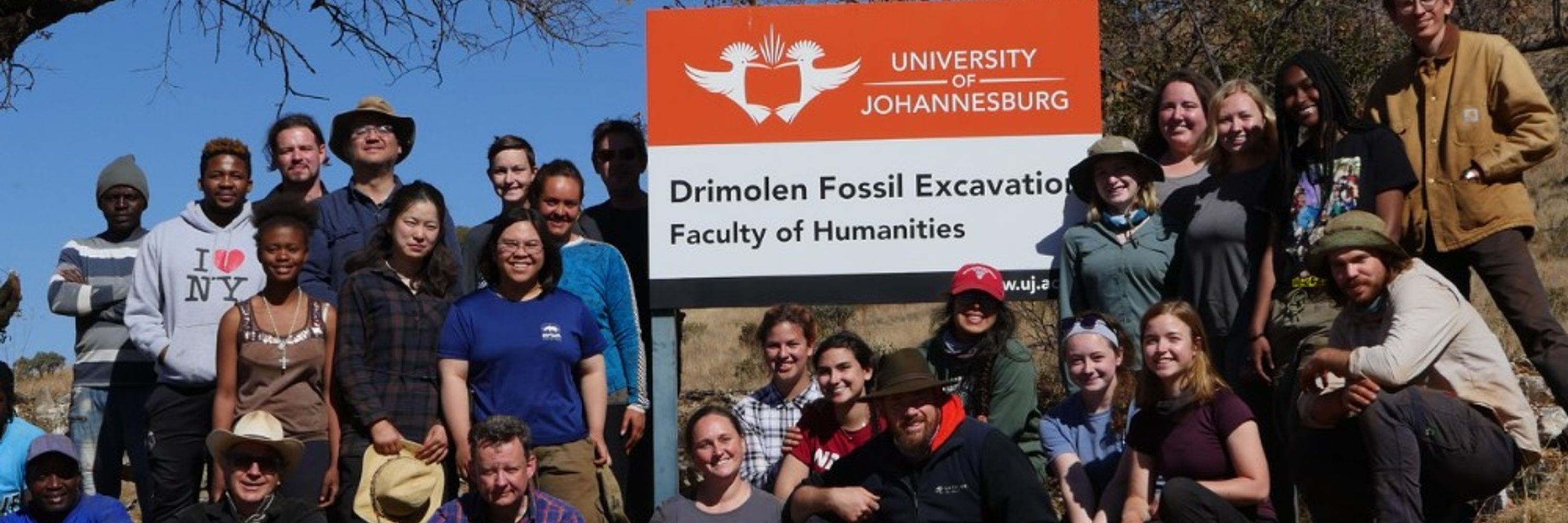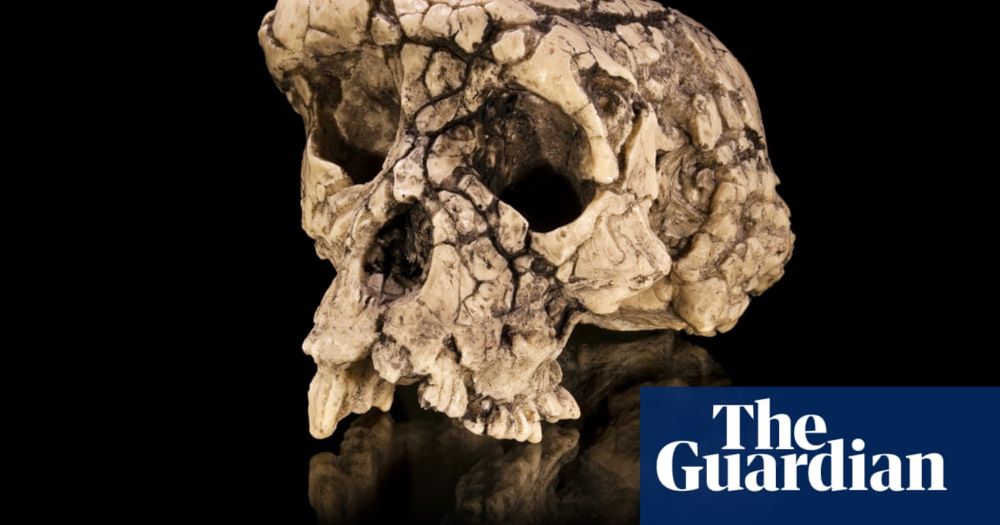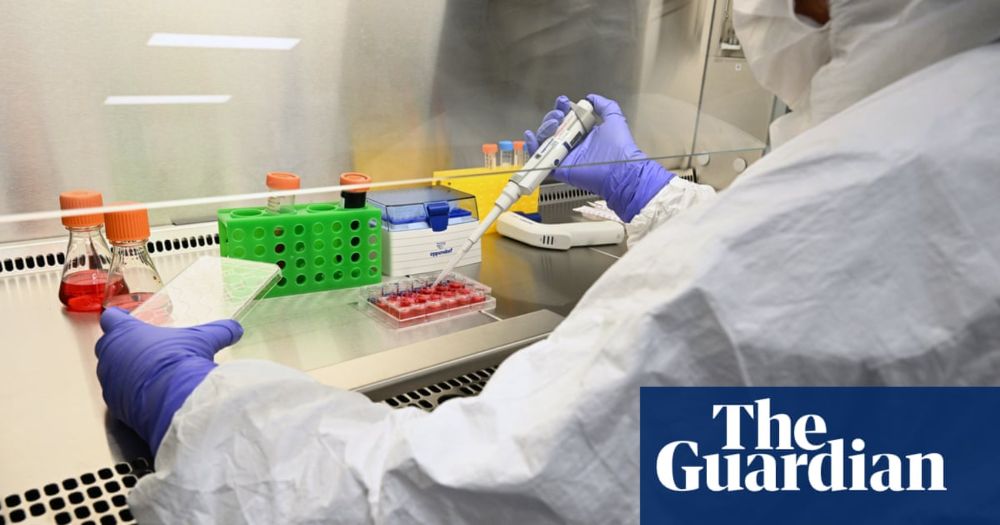
Andy I.R. Herries at La Trobe Archaeoogy
@ozarchaeomaglab.bsky.social
1.6K followers
370 following
40 posts
Palaeoanthropology & Geochronology Professor at La Trobe University Archaeology. Director of the Drimolen Palaeoanthropology Field School, Amanzi Springs & The Australian Archaeomagnetism Laboratory he/him
Posts
Media
Videos
Starter Packs
The world’s greatest concentration of ancestral human remains, in South Africa, poses a 2-million-year-old riddle of coexistence. scim.ag/46xvUwV

Three ancient human relatives once shared the same valley. Did they meet—and compete?
The world’s greatest concentration of ancestral human remains, in South Africa, poses a 2-million-year-old riddle of coexistence
scim.ag
Reposted by Andy I.R. Herries at La Trobe Archaeoogy
Reposted by Andy I.R. Herries at La Trobe Archaeoogy
Reposted by Andy I.R. Herries at La Trobe Archaeoogy
Reposted by Andy I.R. Herries at La Trobe Archaeoogy
Reposted by Andy I.R. Herries at La Trobe Archaeoogy
Reposted by Andy I.R. Herries at La Trobe Archaeoogy
Reposted by Andy I.R. Herries at La Trobe Archaeoogy
Tom Higham
@tommyhigham.bsky.social
· Mar 29

Non-destructive radiocarbon dating of bone
Since the 1950s, radiocarbon measurements have anchored archaeological chronologies dating back to 50,000 years, with bone collagen being a commonly dated material. Despite advances in collagen extrac...
www.biorxiv.org
Reposted by Andy I.R. Herries at La Trobe Archaeoogy
Michael Wong
@miquai.bsky.social
· Mar 29
Analysis of an understudied 2-million-year-old fossil pelvis from the site of Drimolen, South Africa provides additional insights into the anatomy of early human relatives. doi.org/10.17159/saj... @caleyorr.bsky.social @ozarchaeomaglab.bsky.social

Reposted by Andy I.R. Herries at La Trobe Archaeoogy
Reposted by Andy I.R. Herries at La Trobe Archaeoogy
Caley Orr
@caleyorr.bsky.social
· Mar 27
Analysis of an understudied 2-million-year-old fossil pelvis from the site of Drimolen, South Africa provides additional insights into the anatomy of early human relatives. doi.org/10.17159/saj... @caleyorr.bsky.social @ozarchaeomaglab.bsky.social

Reposted by Andy I.R. Herries at La Trobe Archaeoogy
Reposted by Andy I.R. Herries at La Trobe Archaeoogy
One of the many new MIS 11 Acheulian large cutting tools from Amanzi Springs Area 1. As we enter the last week of excavation we switch from collecting more of these to sampling for micromorphology/geochronology/palaeoenvironments

Reposted by Andy I.R. Herries at La Trobe Archaeoogy
Reposted by Andy I.R. Herries at La Trobe Archaeoogy
Eleanor Scerri
@elliescerri.bsky.social
· Nov 30

Constraining the age of the Middle Stone Age locality of Bargny (Senegal) through a combined OSL-ESR dating approach
The Middle Stone Age (MSA) is the major chrono-cultural phase associated with the emergence and evolution of Homo sapiens in Africa. Despite its impor…
www.sciencedirect.com











